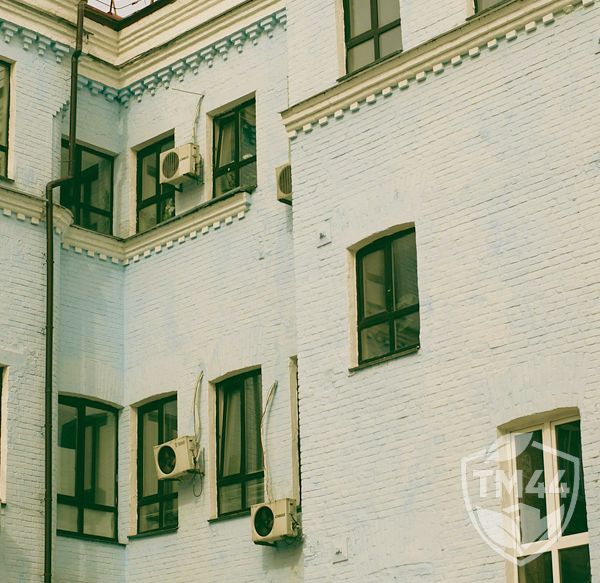Energy bills don’t spike overnight. They creep upward gradually, month after month, as small inefficiencies compound into significant wastage. Most building managers never notice these quiet drains until the annual budget review reveals an uncomfortable truth. By then, thousands of dollars have already disappeared into systems that nobody thought to question or examine closely enough.
Understanding What’s Actually Costing You Money
- The Silent Culprits Behind Rising Expenses: Partnering with TM44 inspection companies exposes the inefficiencies hiding in plain sight throughout your facility. Overcooling empty conference rooms, struggling compressors working twice as hard as they should, and ductwork leaking conditioned air into ceiling voids all contribute to expenses that feel inevitable but aren’t. These problems don’t announce themselves with alarms or warning lights, which makes them particularly dangerous to your bottom line.
- Why Standard Maintenance Misses the Real Issues: Regular HVAC maintenance focuses on keeping equipment running, not on whether it’s running efficiently. A technician might replace filters and check refrigerant levels without ever measuring whether your system is consuming twice the energy it should for the cooling output you’re getting. That’s the gap between keeping things operational and keeping them optimized, and it’s costing you more than you probably realize right now.
How Professional Assessments Uncover What You Can’t See
- Airflow Analysis Reveals Distribution Problems: Perhaps the most common issue inspectors find involves air that’s being cooled but never reaches its intended destination. Blocked vents, incorrectly balanced dampers, and leaking ductwork mean you’re paying to condition air that escapes before doing any useful work. Some zones get blasted with cold air they don’t need, and others stay uncomfortably warm despite the system running constantly at full capacity.
- Equipment Performance Testing Shows Hidden Decline: Cooling systems degrade gradually over years of operation. Components wear down in ways that reduce efficiency long before they actually fail and require replacement. Professional testing measures actual performance against manufacturer specifications, revealing when a unit that seems to be working fine is actually consuming 40% more energy than it did when new for the same cooling output.
The Case for Regular Energy Monitoring
- Making Facilities Management Proactive Instead of Reactive: Waiting for equipment to break down before taking action guarantees maximum disruption and expense. Energy monitoring shifts your approach from emergency repairs to planned improvements based on actual performance data. You catch problems when they’re still small, before they cascade into system failures that shut down operations and require expensive emergency service calls after hours.
- Tracking Consumption Patterns Over Time: Buildings have rhythms. Cooling demands change with seasons, occupancy patterns, and business cycles. Monitoring these patterns helps you spot anomalies quickly:
- Baseline deviations: When energy use spikes without corresponding changes in occupancy or weather, something’s wrong with your equipment or controls.
- Comparative analysis: Benchmarking your building against similar facilities reveals whether you’re paying significantly more than necessary for comparable operations.
- Trend identification: Gradual increases in consumption signal declining equipment efficiency before complete failure occurs.
The Environmental Impact Nobody Talks About
- Carbon Footprint Reduction Through Efficiency: Every watt of wasted electricity contributes to environmental degradation through power generation emissions. Fixing inefficient cooling systems reduces your facility’s carbon footprint substantially without requiring expensive renewable energy installations or major capital investments. The environmental benefits start immediately when you eliminate waste from existing operations.
- Resource Conservation Beyond Energy Savings: Inefficient systems don’t just waste electricity. They stress equipment, shorten component lifespans, and increase refrigerant losses through excessive cycling and wear. Optimized systems last longer, require fewer replacements, and reduce the environmental impact of manufacturing new equipment to replace prematurely failed components.
Taking Action on Invisible Problems: You can’t fix what you can’t see, and most energy waste in commercial buildings remains completely invisible without proper assessment. Professional inspections reveal exactly where your money is going and provide clear priorities for improvements that deliver measurable returns. Don’t wait for another year of inflated utility bills to pass before addressing problems that are costing you right now. Schedule a comprehensive assessment and start recovering the resources your building has been wasting quietly for years.
Featured Image Source: https://tm44.uk/wp-content/uploads/2025/09/XCZCZCXZXCXZCCZXZX.png
